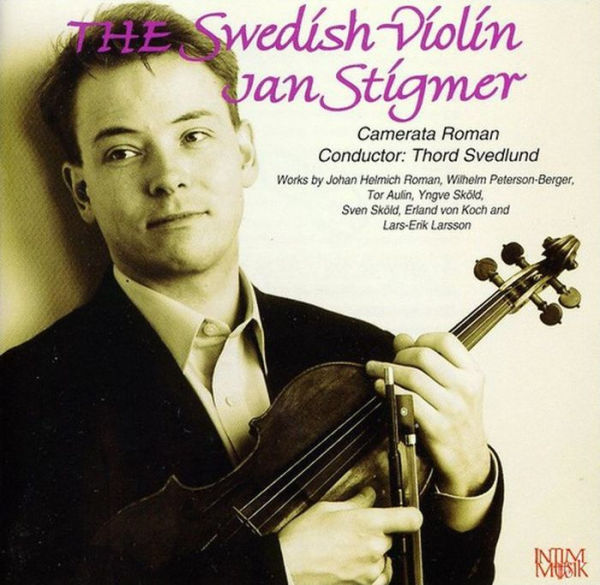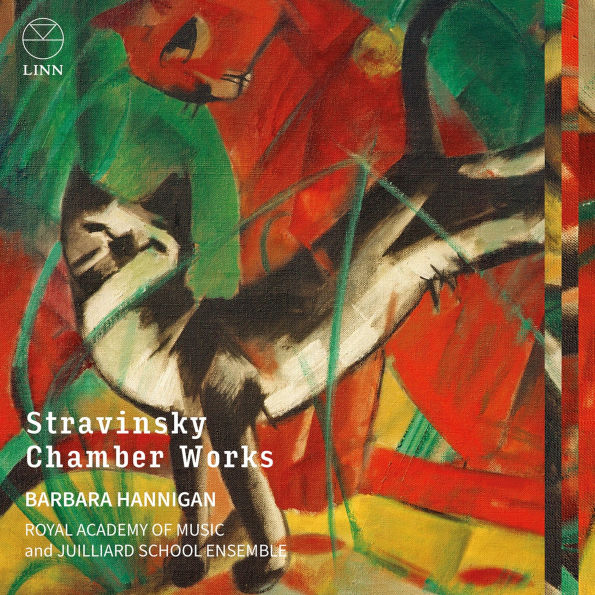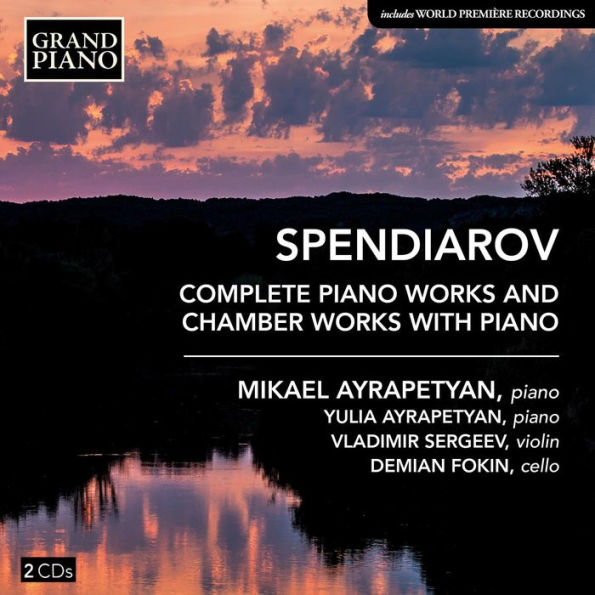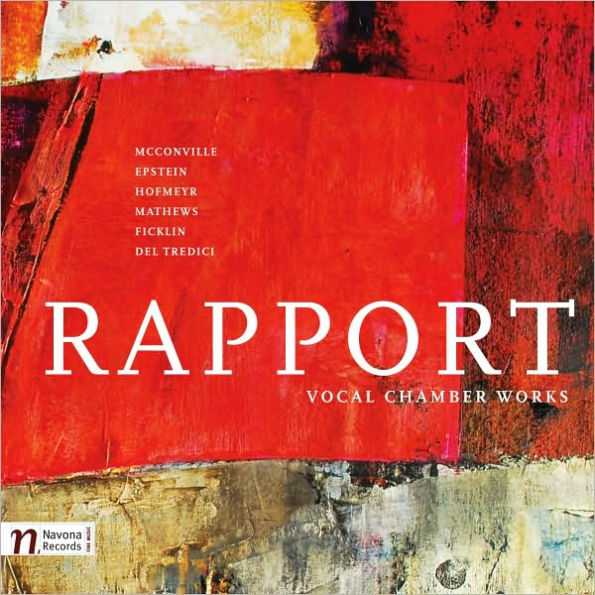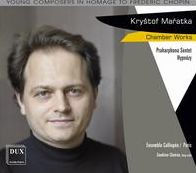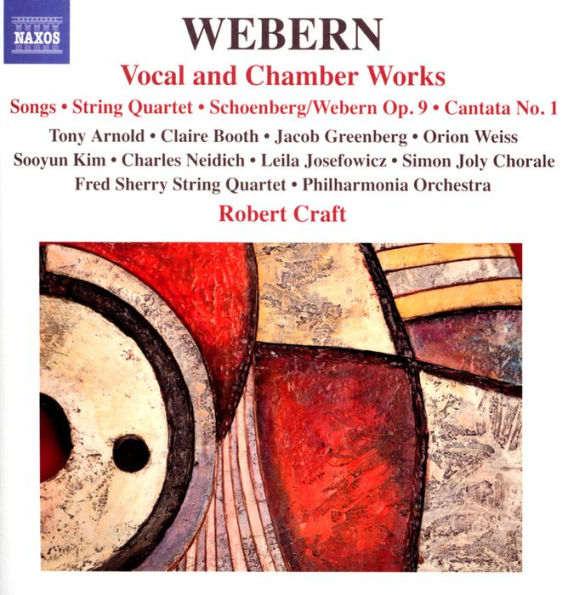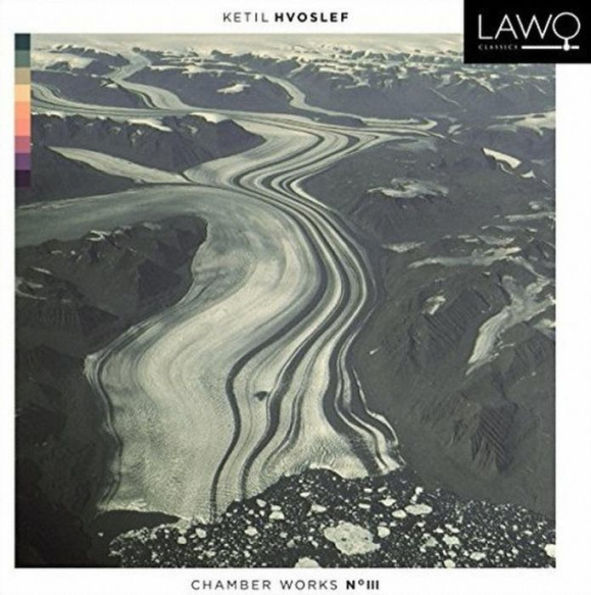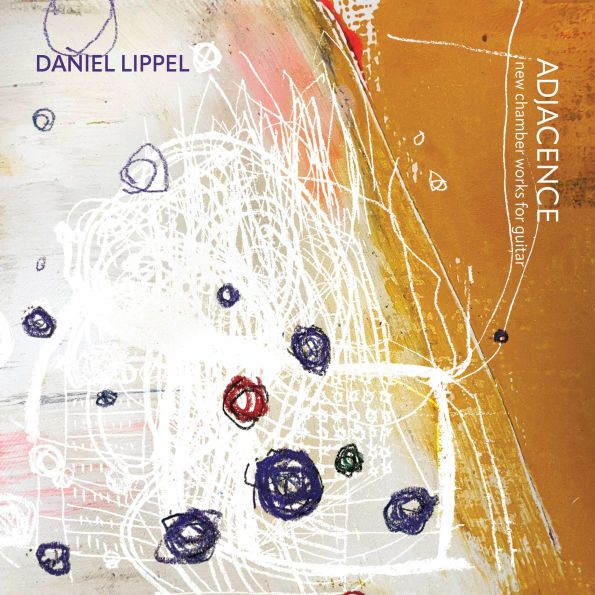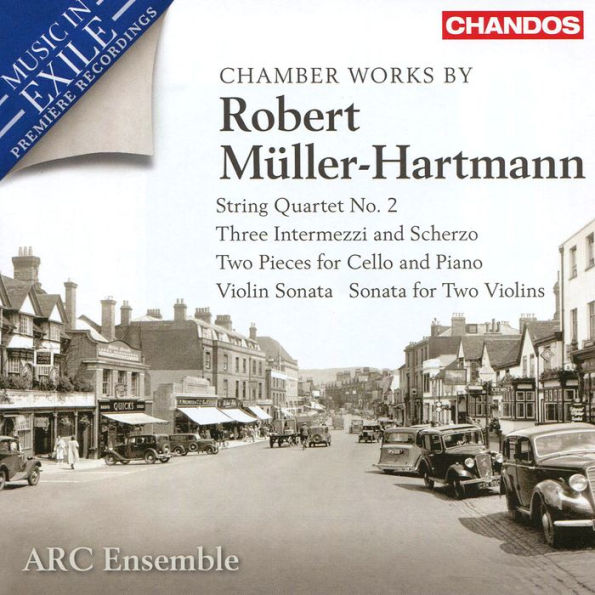Home
Walckiers, L'iconoclaste: Chamber Works
Barnes and Noble
Walckiers, L'iconoclaste: Chamber Works
Current price: $47.99
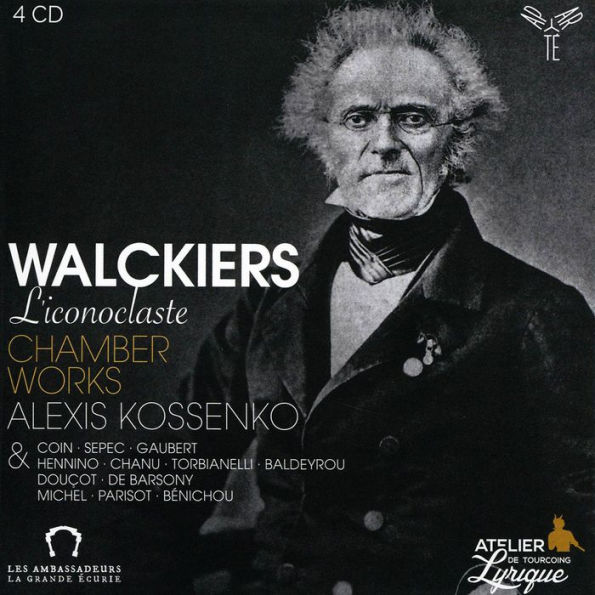

Barnes and Noble
Walckiers, L'iconoclaste: Chamber Works
Current price: $47.99
Size: OS
Loading Inventory...
*Product information may vary - to confirm product availability, pricing, shipping and return information please contact Barnes and Noble
It is not every day that a major artist decides to champion completely unknown music, much less devote a quadruple-CD release to its composer, but flutist
Alexis Kossenko
's instincts prove justified; there is not a boring moment in this four-and-a-half hours of music by
Eugene Walckiers
(1793-1866), all but forgotten now although he published 110 substantial works in his own time. Most of the works here are receiving their world premieres.
Walckiers
fit neither the monumental orientation of the late 19th century nor the grimly anti-fun position of the 20th, but the time is now. The music of
takes off from composers like
Antoine Reicha
(
Beethoven
's
Septet, Op. 20
, is also an influence, although it has no flute). This alone might recommend the composer to flutists, who do not boast an overly large chamber music repertory, but such comparisons don't give
enough credit. His music fuses virtuosity and formal elegance in a quintessentially French way, and there are delights at every turn here. It is hard to know where to tell the interested but time-short listener to start, but one place might be the finale of the
Quintet for flute and strings in A major, Op. 49
, with its faux-ponderous slow introduction giving way to a technically challenging Allegro vivo with constant harmonic surprises. The solo
Delassements du flutiste, Op. 47
, are ingenious indeed, closer to
Stravinsky
in spirit than to
Ysaye
. The blistering Presto Scherzo of the
Grand Flute Quartet No. 2 in F major, Op. 70
, is a thoroughly enjoyable ride. Those interested in the history of wind instruments will find much more to savor here;
Kossenko
plays no fewer than seven different historical flutes, for
worked at a time of rapid historical development of the instrument.
picks a set of chamber players who can keep up with him, and the performances are uniformly strong. About the only complaint here is harsh, overly close-up sound, some of it from the Temple Saint-Pierre in Paris, but this cannot dent the listener's delight in one of the top releases of 2023. ~ James Manheim
Alexis Kossenko
's instincts prove justified; there is not a boring moment in this four-and-a-half hours of music by
Eugene Walckiers
(1793-1866), all but forgotten now although he published 110 substantial works in his own time. Most of the works here are receiving their world premieres.
Walckiers
fit neither the monumental orientation of the late 19th century nor the grimly anti-fun position of the 20th, but the time is now. The music of
takes off from composers like
Antoine Reicha
(
Beethoven
's
Septet, Op. 20
, is also an influence, although it has no flute). This alone might recommend the composer to flutists, who do not boast an overly large chamber music repertory, but such comparisons don't give
enough credit. His music fuses virtuosity and formal elegance in a quintessentially French way, and there are delights at every turn here. It is hard to know where to tell the interested but time-short listener to start, but one place might be the finale of the
Quintet for flute and strings in A major, Op. 49
, with its faux-ponderous slow introduction giving way to a technically challenging Allegro vivo with constant harmonic surprises. The solo
Delassements du flutiste, Op. 47
, are ingenious indeed, closer to
Stravinsky
in spirit than to
Ysaye
. The blistering Presto Scherzo of the
Grand Flute Quartet No. 2 in F major, Op. 70
, is a thoroughly enjoyable ride. Those interested in the history of wind instruments will find much more to savor here;
Kossenko
plays no fewer than seven different historical flutes, for
worked at a time of rapid historical development of the instrument.
picks a set of chamber players who can keep up with him, and the performances are uniformly strong. About the only complaint here is harsh, overly close-up sound, some of it from the Temple Saint-Pierre in Paris, but this cannot dent the listener's delight in one of the top releases of 2023. ~ James Manheim
